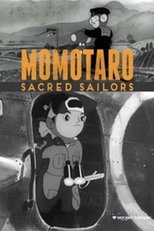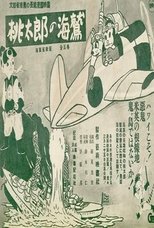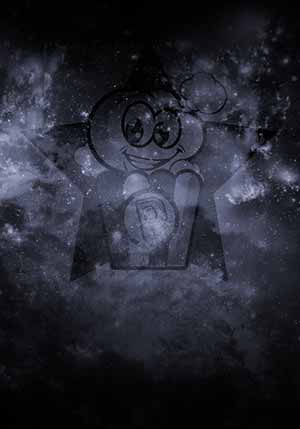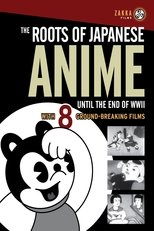Mitsuyo Seo
¿Quién es Mitsuyo Seo?
Initially working as a sign painter, Seo began dabbling in drawing animation by working at a toy film company that made short movies for home entertainment. Although his most famous films were propaganda for Japan during World War II, Seo's political sympathies were leftist, and early on, he was actually a member of the Proletarian Film League of Japan, where he helped out on such animated films as Sankichi no Kūchū Ryokō. In 1931, he was arrested for his activities, tortured, and spent 21 days in jail. Seo met Kenzō Masaoka and joined his company, working on Japan's first sound animation film, Chikara to Onna no Yo no Naka, before starting his own production company in 1935, where he made cartoons featuring the character Norakuro.
He joined the Geijutsu Eigasha studio in 1937 and made Ari-chan in 1941, the first Japanese work to fully use the multiplane camera. His most famous works are two propaganda animated films produced during World War II: Momotarō no Umiwashi, which featured Momotarō and his animals bombing Pearl Harbor; and its sequel, Momotarō: Umi no Shinpei, which was made for Shōchiku and was Japan's first real feature length animated film. (Momotarō no Umiwashi was advertised at the time as the first feature-length anime, but since it is only 37 minutes long, today most recognize the 74-minute Umi no Shinpei as the first.)
Osamu Tezuka, the father of Japanese manga and a later anime artist himself, said he was so impressed with Umi no Shinpei as a teenager that he wanted to become an animator for a time.
After the war, Seo joined Nihon Manga Eigasha and made the film Ōsama no Shippo as a pro-democracy anime in 1949, but when Tōhō, which was supposed to distribute it, found it politically too leftist, the film was left without a distributor. Nihon Manga Eigasha went bankrupt, and Seo, finding the conditions for animation in the immediate postwar too difficult, left the industry and became an illustrator for children's books.
Trabajos destacados
Géneros más habituales en las películas de Mitsuyo Seo
Series
Sin informaciónLas imágenes y retratos de actores y actrices mostrados en este sitio web son obtenidos de la base de datos pública de The Movie Database (TMDb), utilizada bajo los términos y condiciones de dicha plataforma. En caso de que alguna imagen o fotografía sea incorrecta, ofensiva, o pueda infringir derechos de imagen o copyright, puede ser editada o eliminada directamente en TMDb. Esto provocará su eliminación automática en este sitio web. Adicionalmente, si usted desea solicitar la eliminación de una imagen directamente en nuestro sitio web, puede utilizar el formulario de contacto ubicado al pie de la página. Atenderemos su solicitud de manera expedita y tomaremos las medidas necesarias para garantizar el cumplimiento de los derechos aplicables.
The images and portraits of actors and actresses displayed on this website are sourced from the public database The Movie Database (TMDb), used in accordance with its terms and conditions. If any image or photograph is incorrect, offensive, or may infringe image rights or copyright, it can be edited or removed directly on TMDb. This will automatically result in its removal from this website. Additionally, if you wish to request the removal of an image directly from our website, you may use the contact form located at the bottom of the page. We will promptly address your request and take the necessary measures to ensure compliance with applicable rights.



